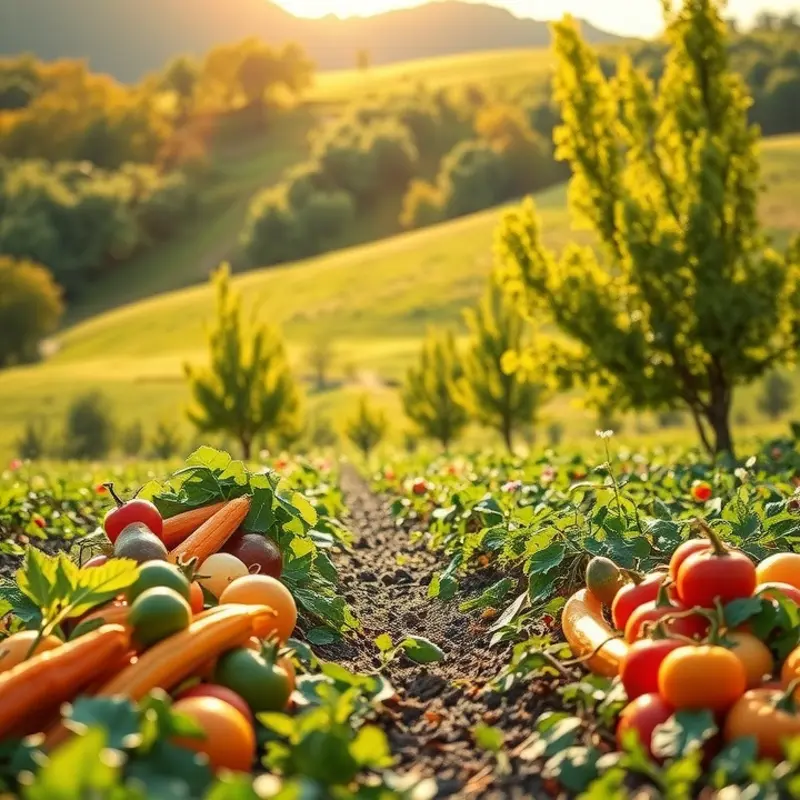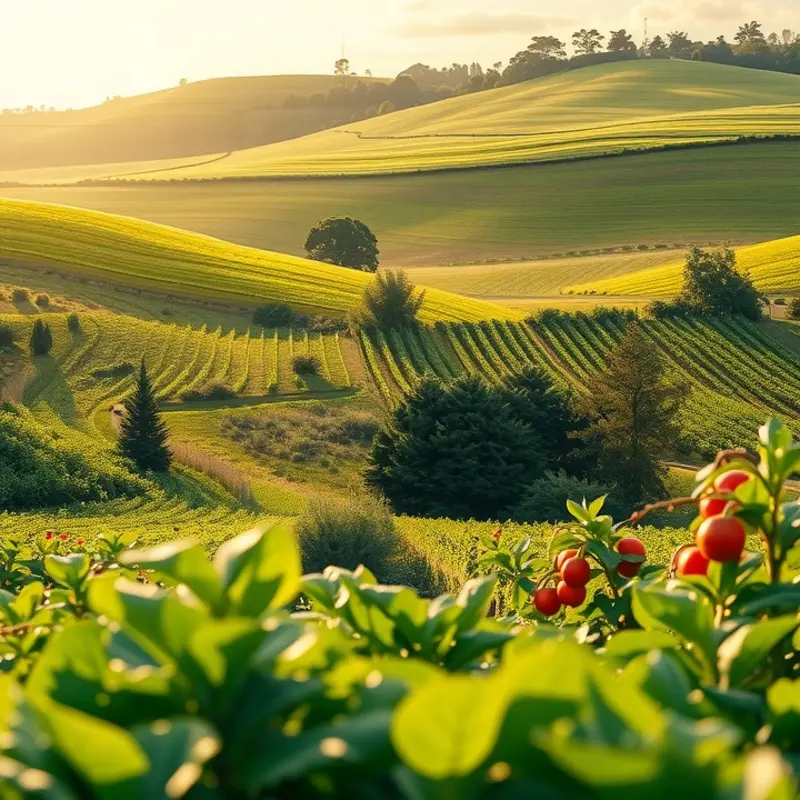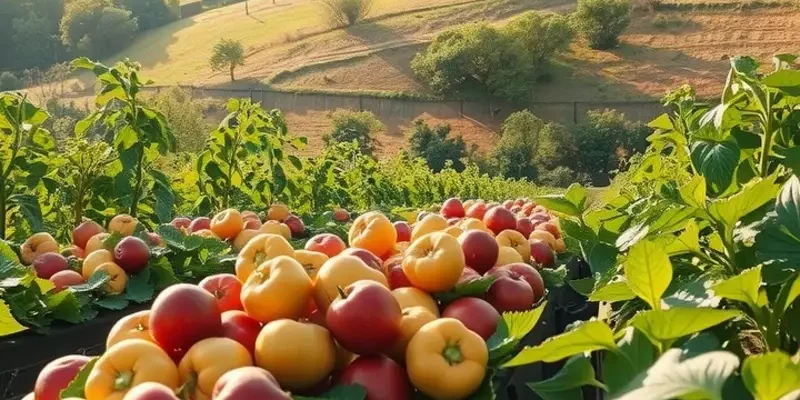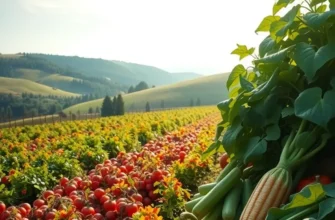Packed lunches are convenient and can be nutritious. However, ensuring food safety while minimizing waste requires some strategies. Understanding proper storage methods and meal management techniques can go a long way in keeping your packed meals both safe to eat and environmentally friendly. Here are some essential tips to help you achieve this.
Proper Storage Techniques for Your Packed Lunch

When it comes to packed lunches, ensuring freshness and safety requires proper storage techniques. One of the most effective methods to maintain your meals’ quality is through temperature control. Keeping perishable items cool is critical, whether you are refrigerating or freezing them.
Refrigeration Tips
Refrigerating your lunch keeps it safe and fresh. Make sure to place it in a cool spot in the fridge, ideally away from the door where temperatures fluctuate. It’s helpful to store your lunches on the middle shelf where the air circulation is consistent, maintaining a stable temperature around 37 to 40 degrees Fahrenheit.
Use insulated lunch bags with ice packs to maintain a cold chain from your refrigerator to your workplace or school. This strategy ensures your food remains in the safe temperature zone before consumption, reducing the risk of spoilage or foodborne illness.
Freezing Foods
Freezing is an excellent method for preserving meals longer, especially if you batch-cook. When you freeze lunches, make sure they’re thoroughly cooled before placing them in the freezer to prevent ice crystal formation, which can affect texture and flavor.
Portion your meals in advance, placing them in smaller containers. This not only facilitates quicker freezing and thawing processes but also minimizes the risk of temperature abuse. Remember, maintaining your freezer at 0 degrees Fahrenheit or below is essential for long-term storage.
Airtight Containers
Airtight containers are indispensable for maintaining food freshness and preventing spoilage. They limit exposure to air, which can lead to oxidation and flavor degradation. Opt for containers made from materials that don’t retain odors, such as glass or high-quality plastic, to keep flavors distinct.
Additionally, using the right size container for your portions can reduce trapped air, which helps retain nutrients and keep meals tasty. For efficient storage, consider modular containers, which allow you to neatly stack your lunches in the fridge or freezer, maximizing space.
Sustainable Practices
Incorporating sustainability into your food storage routine contributes to reducing waste. Using eco-smart kitchen storage solutions can make a significant difference. Reusable containers made from sustainable materials reduce single-use disposal, aligning your lunch storage practices with environmental goals.
Following these practical storage methods not only enhances the freshness and safety of your packed lunches but also helps minimize waste and support eco-friendly habits. By handling food with care, using proper temperatures and quality containers, you create meals that are not only appetizing but also responsibly stored.
Smart Waste Management for Packed Lunches

Packed lunches present a perfect opportunity to practice smart waste management. By mindfully planning meals, using the right containers, and choosing sustainable ingredients, we can significantly reduce waste. The key lies in integrating these practices seamlessly into daily meal preparations.
Begin by assessing portion sizes. Overpacking not only leads to potential waste but also to overeating. Portioning should consider the eater’s appetite and nutritional needs. A balanced portion helps prevent both waste and dissatisfaction. For tips, explore practical ingredient batching, enhancing both efficiency and waste reduction.
Embrace reusable containers for packing lunches. They are a straightforward solution to minimize single-use plastics. Glass, stainless steel, or high-quality reusable plastics are durable and preserve food freshness. Labeling these containers with contents and dates can help track leftovers and reduce spoilage.
A waste-smart lunch isn’t complete without choosing sustainable ingredients. Opt for locally sourced produce, as it usually requires less packaging and transportation. Incorporate seasonal fruits and vegetables to not only benefit the environment but also offer fresh flavors and nutritional benefits.
To further reduce waste, consider composting organic leftovers. Composting turns fruit peels and veggie scraps into nutrient-rich soil, which is excellent for home gardens. If composting isn’t viable, some municipalities offer community composting programs worth exploring.
Be mindful of packaging when buying lunch ingredients. Choose bulk options to avoid numerous tiny packages, which often lead to more waste. When bulk buying isn’t possible, seek products with recyclable or biodegradable packaging.
Integrating these strategies into your packed lunch routine can lead to meaningful reductions in waste, while also promoting healthier and more thoughtful eating habits. By taking small, proactive measures, you can transform your lunch preparations into a more eco-friendly practice without sacrificing the meal’s quality or enjoyment.
Final words
Maintaining food safety in packed lunches is crucial for health and sustainability. Proper storage techniques, such as using airtight containers and responsibly refrigerating food, ensure freshness and quality. Alongside this, smart waste management practices—including using reusable containers and thoughtful meal planning—help reduce the environmental impact of our food consumption. Implementing these tips can lead to a healthier lifestyle and a cleaner planet. Start making changes today to support your well-being and our environment!







